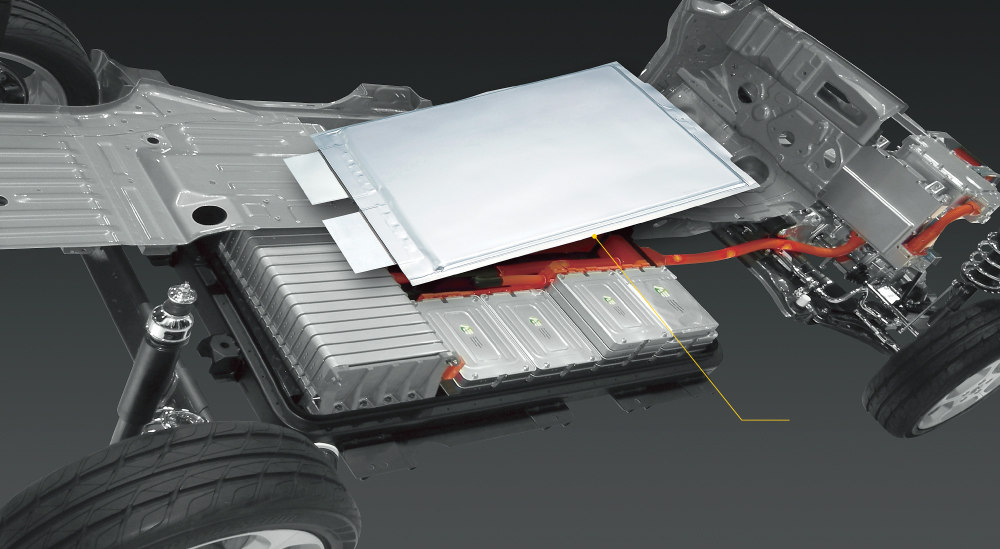

Demand for next-generation vehicles, such as BEVs and HVs, continues to grow worldwide as environmental awareness increases against the backdrop of soaring energy prices and rising CO2 emissions. It is predicted that the share of next-generation vehicles in the overall automotive market will exceed 10% by 2030, and that the market size will be almost seven times larger than it is today. In the US, California's Zero Emission Vehicle (ZEV) regulations have been tightened further since 2018. The ZEV regulation requires automakers to sell a certain number of vehicles with zero emissions, such as BEVs and HVs, and the percentage has increased to 16% of sales from 2018.
The proliferation of EVs are influencing the development of secondary battery materials.
The proliferation of electric vehicles is influencing the development of secondary battery materials. As battery capacity is directly related to the range per charge, increasing the energy density per weight is a key theme for battery materials. For this reason, the development of high performance aluminum alloy current collector electrode foil materials is underway. For the battery case, high-strength aluminum alloy is formed into a rectangular shape suitable for compactness and lightness, so the know-how of press forming process was used for battery material development. Busbars for battery cells are being replaced by aluminum instead of copper, but there are still issues to be resolved. For automotive secondary batteries, UACJ is developing a comprehensive range of aluminum materials, including base metal development, surface treatment, joining technology and processing technology. The development of battery housings using aluminum extruded shapes is also underway.

Aluminum foil for
current collectors
 PROFILE
PROFILE
Keita Nunokawa
UACJ CorporationAll information, affiliations and positions are current at the time of publication of Motor Fan Illustrated (SAN-EI Corporation Japan).
ALUMINUM SURFACE TREATMENT
FORMING ALUMINUM FOR LIGHTWEIGHT VEHICLE